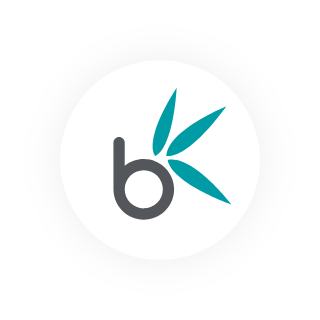The Best Practices for Successful On-Page SEO
Have you ever wondered how on-page SEO works and what the best practices are to ensure your success? Well, look no further as I explain the best practices for successful on-page SEO. On-page SEO considers all aspects of the webpage that, when added together, will improve your rankings in the search engine results and your traffic as a result. You have about eight seconds to influence a visitor to interact with your website, read on to find out the best practices to keep them engaged.
Content
Content should be user-friendly and authoritative. It is the quality of your website’s content that makes it worthy of a high search result position. Therefore, it is important to create good quality and relevant content as this has two attributes: It must supply a demand and it must be linkable.
The length and quality of your content could have a big effect in its rankings. The longer your content, the more it indicates an in-depth take on the topic you are discussing and therefore, better quality information. Writing long, informative and interesting content is a great way to grow organic links to your website as well as drawing in customers.
Keyword Targeted Content
Keywords are essential for an effective on-page SEO strategy as using keywords correctly will directly affect the return on your digital marketing investment. The more you understand about keywords and their purpose, the better you will be able to be purposeful in your content writing.
Use Google AdWords Keyword Planner to see search volume. The Keywords Planner also helpfully offers you similar variations of your keyword that you can include on the page for further optimisation. While it is important you maintain a user-friendly and authoritative tone in your writing, adding in keywords is still of vital important as it helps to rank your content highly on Google as well as ensuring it is relevant for your consumers.
Title Tags
The title tag is the most important tag on any page as it is what users see in the search engines for both organised results and paid advertisements. The words of the title tag appear at the top of each tab in your browser, outlining what the page is about. When ranking web pages, Google looks at your title tag and compares it to the rest of the content you have written on the page so make sure it is relevant.
Meta Descriptions
The Meta Description is a brief summary of the content found on a webpage that would appear during search results. What you put in the Meta Description can either attract readers to open your page or deter them. So, keep it short, sweet and enticing. A well-written meta tag can generate plenty of leads, creating a higher click-through rate with a greater chance of customer conversions. So, it is very important and will certainly boost the success of your on-page SEO.
Internal Links
Links carry the most weight in your SEO. Earning links from quality sources can strengthen your site, while linking externally throughout the site can benefit the user experience and enhance your SEO.
Linking internally within your website helps to give your audience further options to stay on your site, encourages more engagement and get Google’s attention. Don’t put an internal link in every sentence as this could detract from the quality of your content but include a couple of links per article to improve your on-page SEO. Linking eternally is extremely beneficial and should not be underrated.
Alt Tags
When you add images to a page, it adds to the user experience. We live in an increasing digital age and so images can help boost your website’s visibility and increase attraction to your site. Optimising the alt tags helps to give Google an indication of what your page is about. The alt tag should be used to briefly describe what the image is, so be sure to keep it relevant. If, for whatever reason, your webpage won’t load the alt tag helps users navigate your content and understand the relevance of the pictures. Images play a crucial role in conversions. Living in such a visual world means we need to appeal to the visual requirements of our consumers.
Body Tags
When writing your articles, it is important to break up your content into smaller sections and paragraphs to make it easier for people to read (this article is a great example, if I do say so myself.) Each section can be given a heading to enhance the readability of the page and break up the content into sizeable chunks. This is where H1, H2, H3, H4 tags are used.
Generally, H1 tags are reserved for your main page title, with subsequent headings being issued H2, H3, H4 to make them stand out from the content. Headings are helpful not only for your readers but also for the search engines which use them to determine what is important within your content. Therefore, keyword rich headlines are extremely useful for attracting the attention of Google.
Conclusion
There you have it, the on-page SEO techniques that you can apply right now to improve your on-page SEO techniques. Digital marketing is all about communicating with your audience and the best way you can do this is through a seamless website that Google and your consumers love. It all boils down to: relevance, quality content, links, keyword research and images. Your goal is to attract customers and create conversions. By implementing the above on-page SEO techniques, you will be on the road to success. Like anything worthwhile, the process can be time consuming and tedious at first but it will certainly pay off in time. So, get to work on improving your on-page SEO and see where your success takes you!


